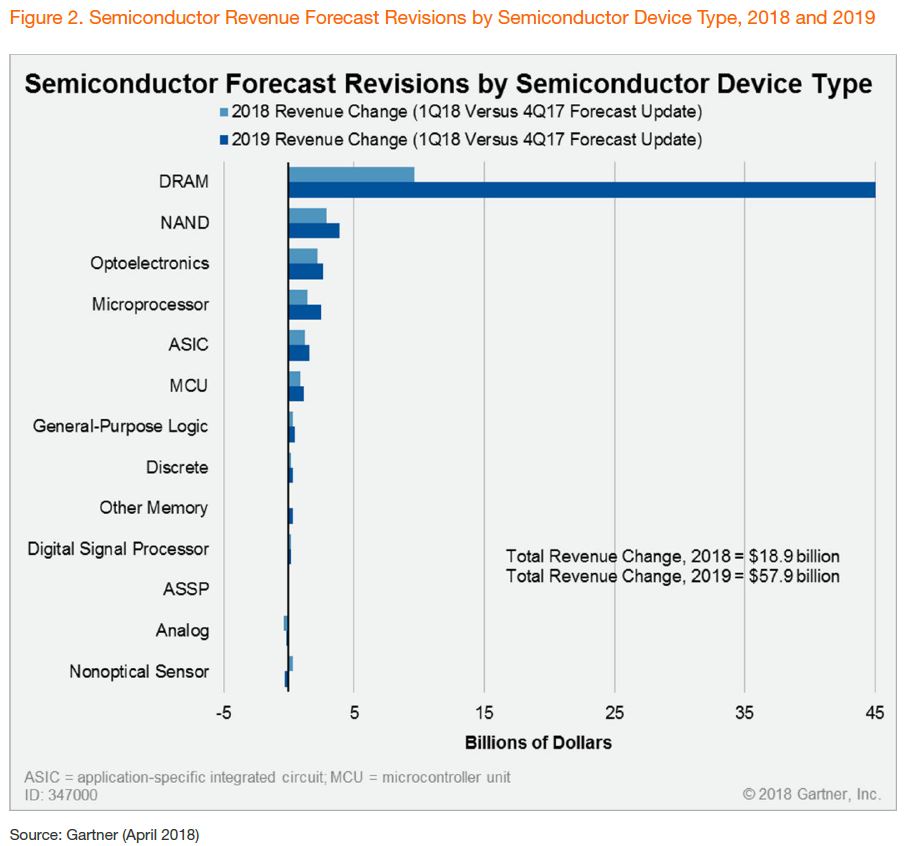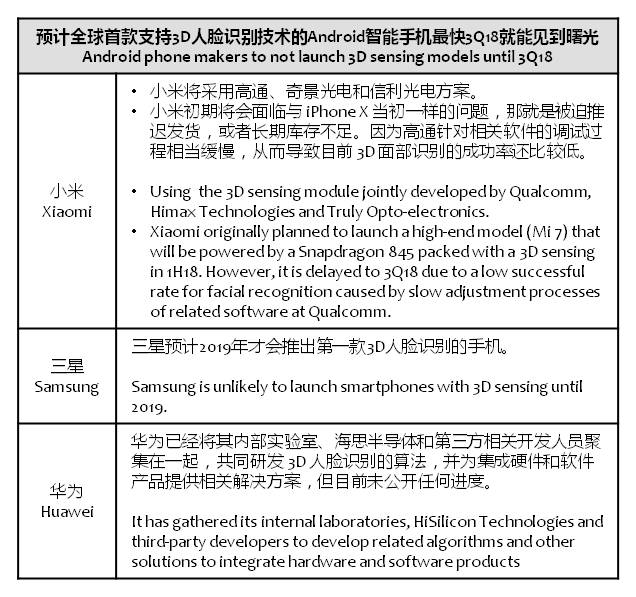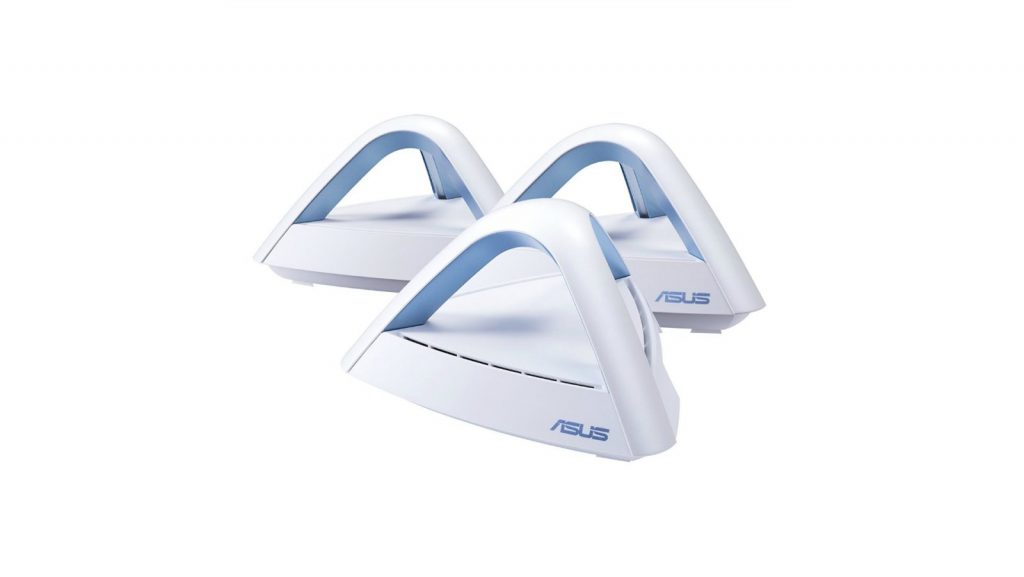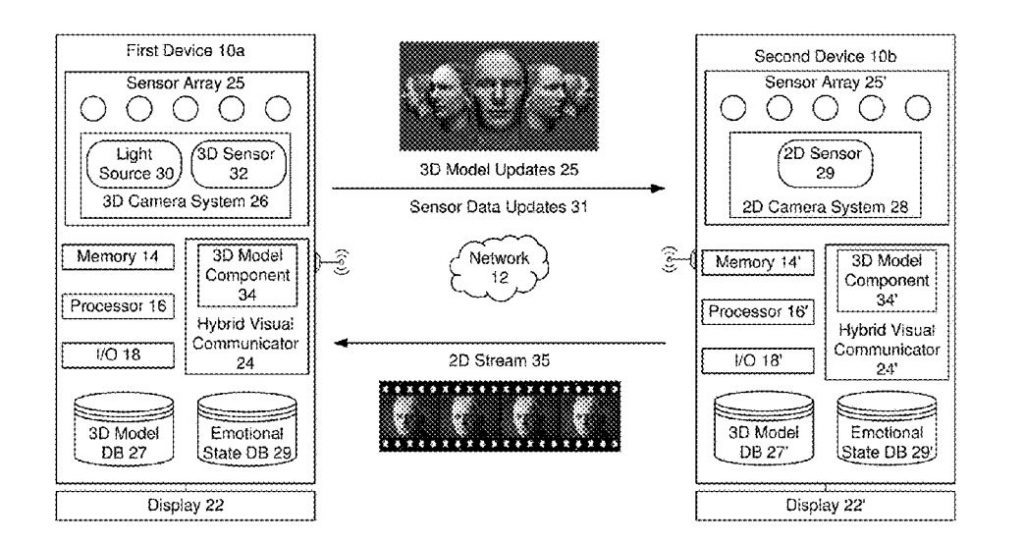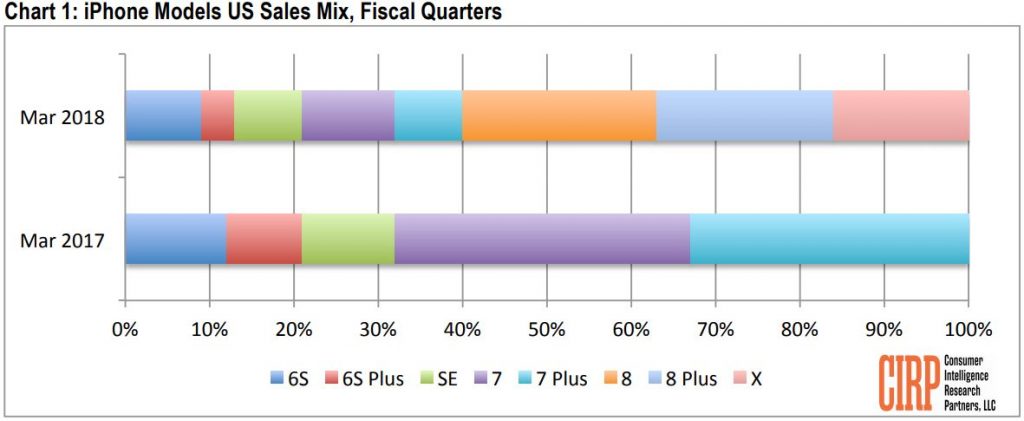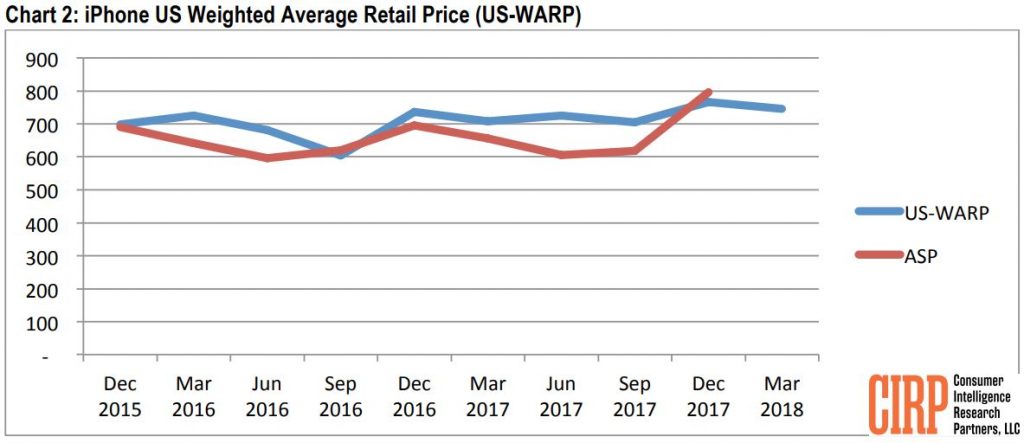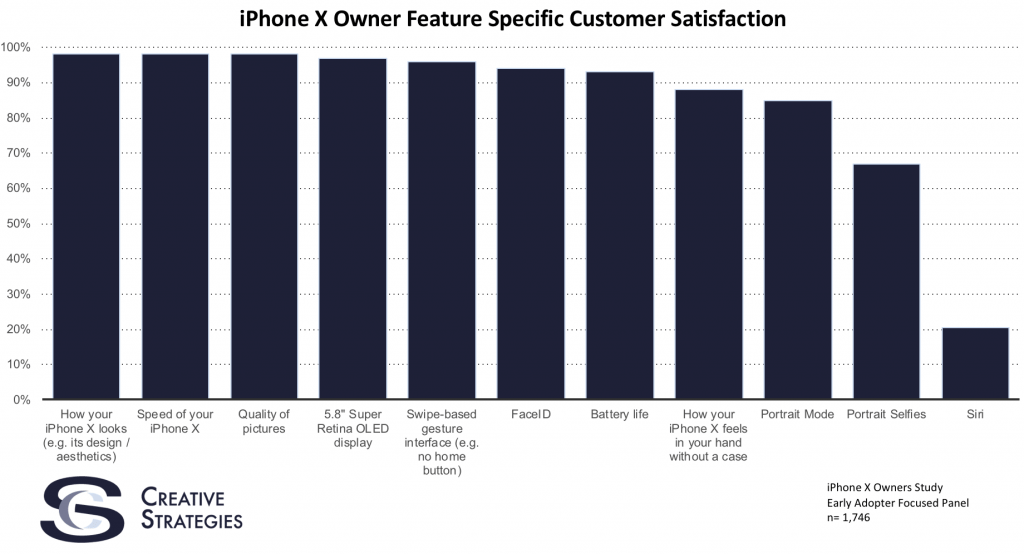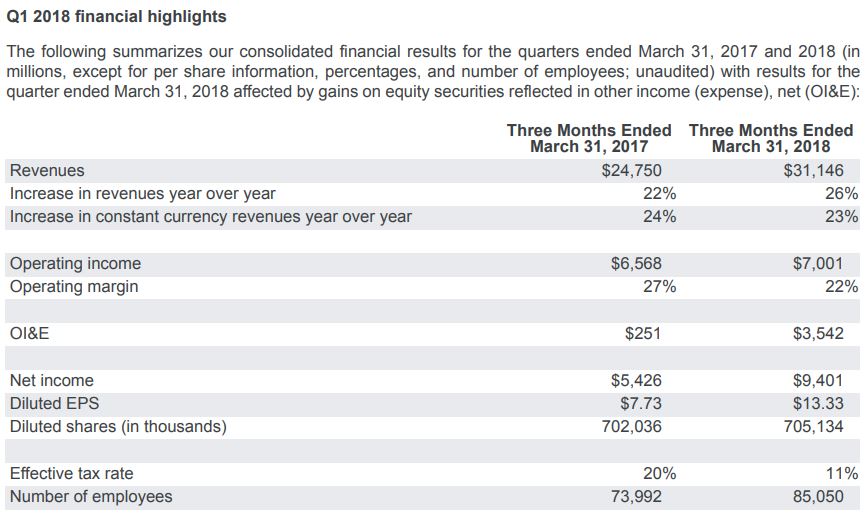
04-24: Xiaomi plans to have more Android One devices; Meizu is working on an Android Go smartphone; etc.
Storage
According Gartner’s forecast, DRAM represented 51.0% and 78.5% of the forecast upside in 2018 and 2019, respectively, with growth now expected to be 37.7% and 11.0%, respectively, reaching USD99.3B and USD110.2B in 2018 and 2019, respectively. DRAM ASPs are expected to change by +14.8% and -10.1% in 2018 and 2019, respectively, from the last update, as the DRAM market is expected to remain in undersupply and vendors continued to keep pricing high. The DRAM market is expected to decline in 2020 as a new supply from Samsung and SK Hynix will come online in 2019 and 2020. (Gartner report)
NAND: NAND flash represented 15.3% and 6.7% of the forecast upside in 2018 and 2019, respectively, with growth now expected to be 8.7% and 9.7%, respectively, reaching USD58.4B and USD64.1B in 2018 and 2019, respectively. New fabs from SK Hynix, Toshiba and Yangtze Memory Technologies in 2018 will lead to stronger supply growth and oversupply from 1Q18, with ASPs declining 24.5% and 22.9% in 2018 and 2019, respectively. The NAND market is expected to be undersupplied again by 3Q19. The year 2019 will be one of transition, with new capacity being added by Samsung and Intel. (Gartner report)
Sensory
The world’s first Android-based smartphone with 3D facial recognition technology is unlikely to hit the market until 3Q18 due to insufficient capability to integrate related hardware and software at 3D sensing solution providers, according to Digitimes Research. While the 3D sensing module jointly developed by Qualcomm, Himax Technologies and Truly Opto-electronics is believed to be the most mature 3D sensing solution currently available in the market, the limit of using only Qualcomm Snapdragon 845 CPU in the module has deterred the top-5 Android phone makers. (Digitimes, press, CN Beta)
Connectivity
ASUS has announced a mesh router system called the Lyra Trio. The three individual routers work in concert to blanket a large area in WiFi coverage. The routers are set up and controlled through ASUS’ Lyra app. (Android Headlines, ASUS, Android Police, IT Home)
Phones
A patent detailing a “hybrid visual communication” solution for mobile devices has been awarded to Samsung details what appears to be an AR Emoji-like video calling functionality allowing users to participate in conference calls as 3D avatars instead of just using unedited feeds from their front-facing cameras. (Digital Trends, Android Headlines)
The European Commission is investigating the proposed acquisition of Shazam by Apple, with competition concerns lengthening the time it will take for the regulator to approve or deny the purchase of the song recognition service by the iPhone manufacturer. (Apple Insider, EU, Engadget, Bloomberg, CN Beta)
CIRP shows Apple iPhone 8 / 8 Plus leading the way with growth from the holiday quarter into 1Q18, while iPhone X is seeing a decline. CIRP found iPhone 8 made up 23% of iPhone sales for 1Q18, with iPhone 8 Plus trailing at 21%. Apple’s USD1,000+ iPhone X took just 16% of the share. Together that put the less expensive iPhone 8 models at 44%, almost 3 times that of iPhone X sales. (CN Beta, 9to5Mac, Apple Insider, CIRP)
According to survey conducted by Creative Strategies, Apple iPhone X has an overall customer satisfaction rating of 97%. For the most part of Apple iPhone X, customers were satisfied with the phone except for Siri, where it has a satisfaction rating of about 20%. (Ubergizmo, Techpinions, Sina, Huanqiu)
iPhone SE series is being treat as a product for Apple to expand its share in emerging markets. With 2nd generation of iPhone SE reportedly to be launched soon, Apple is facing 3 challenges in emerging markets especially India: 1. The duty increase impacting the profit; 2. Foundation architecture is not stable; and 3. Local’s consuming power is still not sufficient. (Laoyaoba, UDN, IB Times)
Xiaomi co-founder and CEO has hinted at a possibility of a Redmi Android One device. He also has revealed that the company plans to have more Android One devices. (GizChina, Ubergizmo, Android Headlines, BGR, Yesky, Sohu)
Meizu is working on an Android Go smartphone, which should be announced later in 2018. It would also allow the company to pick up new users that would prefer a stock Android smartphone, rather than one powered by Flyme OS. (Gizmo China, Android Headlines, ChinaZ, Sohu)
Alphabet, the parent company of Google, has just released its 1Q18 earnings. The top-level numbers are strong: USD31.1B in revenue, leading to USD7B in operating income for the three months. Those numbers are increases of 26% and 22% over the previous year, respectively. (CN Beta, Android Central, Alphabet)
Huawei is now gearing up to launch a couple of budget smartphones. The images of the company’s 3 upcoming smartphones — Y3, Y5 Prime and Y6 (2018) have surfaced online. These machines seem do not feature fingerprint scanner, and in particular Y5 Prime and Y6 (2018) feature 18:9 displays. (Technave, Sina, Gizmo China)
PCs / Tablets
IHS Markit indicates that the shortage of semiconductor foundry, passives, PCB shortage is impacting supply of notebook / PC components, causing a decline in shipment. IHS Markit forecasts that global notebook shipment would reach 167M units, a 1% decline on year; and PC shipment would reach 122.7M units, a 0.2% decline on year. However, the company believes 2019 would recover because of replacement cycle. (UDN, CNA, Laoyaoba)
AR / VR
The launch of the standalone VR devices such as Facebook Oculus Go and HTC Vive Focus in late 2017 has pave the way for the proliferation of similar devices in early 2018, including Xiaomi Mi VR Standalone and Lenovo Mirage Solo, making the standalone VR HMD (head-mounted display) devices the mainstream in the market, according to Digitimes Research. Digitimes Research believes that there is yet a clear definition for AR HMD devices and thus the functionality and the style of AR products will continue to evolve. (Digitimes, press, TechNews)
Home
Apple HomePod is reportedly suffering from weak sales, causing the US-based vendor to dramatically cut related orders to the supply chain, down from 500K units a month to only 200K, according to Digitimes. Extrapolated over the course of a year that would mean that Apple expects to sell around 2.4M HomePods in 12 months. (Digitimes, press, Cult of Mac, Ubergizmo, Sina)
Facebook’s smart speakers reportedly will begin mass production in Jun 2018 as originally scheduled, but the order volumes for 2018 have been cut by around 20% from the original plan, while the product launch is estimated to be delayed to Oct 2018, according to Digitimes. (Digitimes, press, Tencent, Cheaa)
Automotive
Chinese ride-hailing giant Didi Chuxing has officially opened for business in Mexico, one of Uber’s biggest strongholds globally. Didi Express is switched on in Toluca, the capital of the State of Mexico. (VentureBeat, Reuters, TechCrunch, Reuters[cn], Leiphone)
Robotics
Amazon is reportedly looking into developing domestic, AI-powered robots. The project, dubbed “Vesta”, is currently in development at Amazon’s Lab126 — the same facility that makes Echo, Kindle, and Fire Phones. (Android Authority, Bloomberg, iFeng, Sohu)
